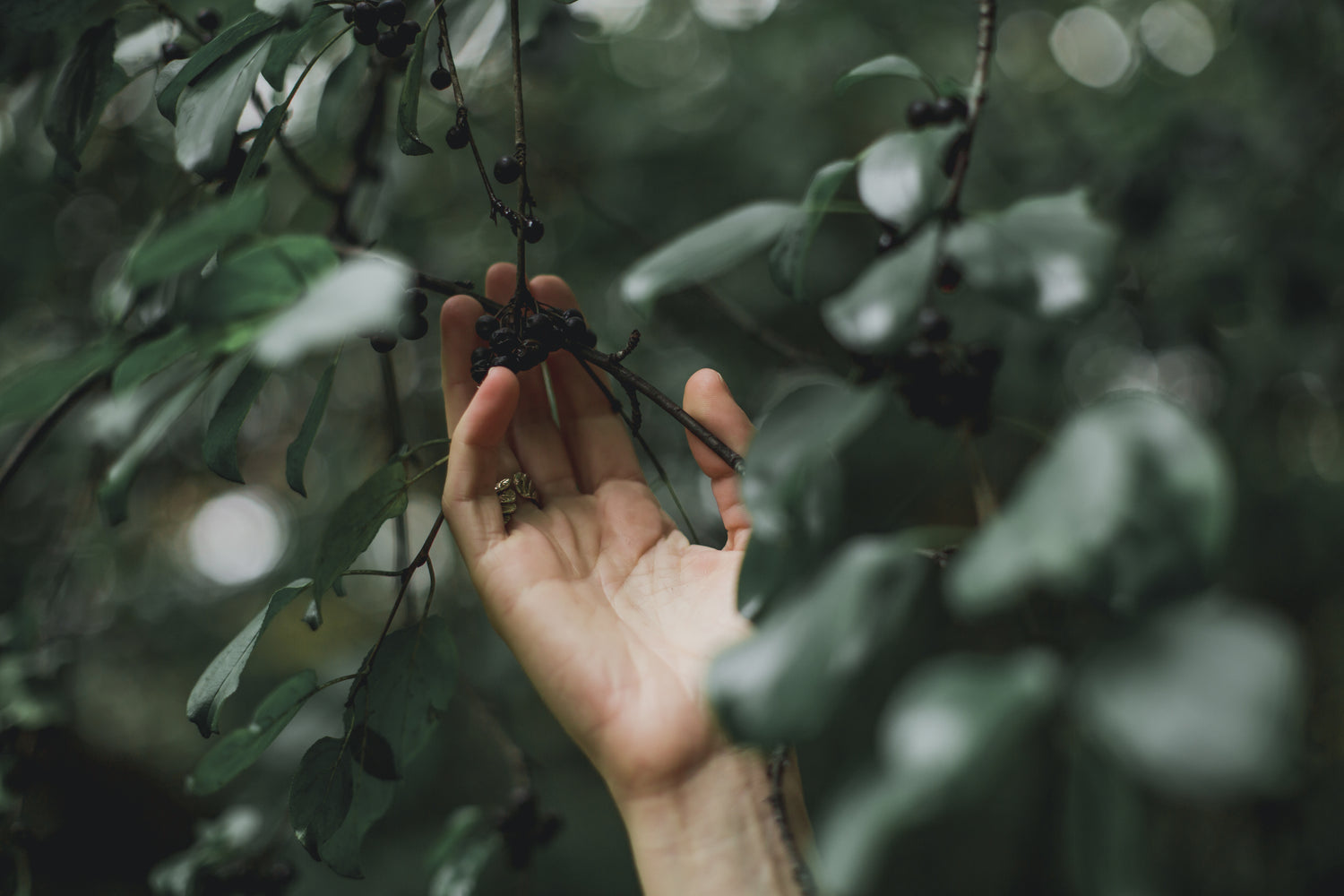-

- 73% of CO2
That's 116kg of CO2 saved from entering the atmosphere by reducing the need for new clothes. And that's the equivalent of what 1409 virgin PET bottles emit.
-

- 92% of blue water use
by switching to organic cotton and by decreasing the need of watering new plants. The difference is crazy: 24'000 litres to be exact, equalling over 20 years of drinking water for one person.
-

- 93% of textile waste
If we are certain that one garment can serve 5 babies instead of 1-2, that diverts a lot of fashion pollution from being disposed on landfill or burned. Our circular economy model avoids over 6.7 kg textile waste.
But what's the problem of the clothing industry?
The clothing industry accounts for 10% of global carbon emissions.
Read on for some insights on why our current way of producing, consuming and disposing textiles is in dire need for new sustainable solutions and what we can do about it, together.
We are living in a delicate ecosystem that we want to preserve and nurture for our children.
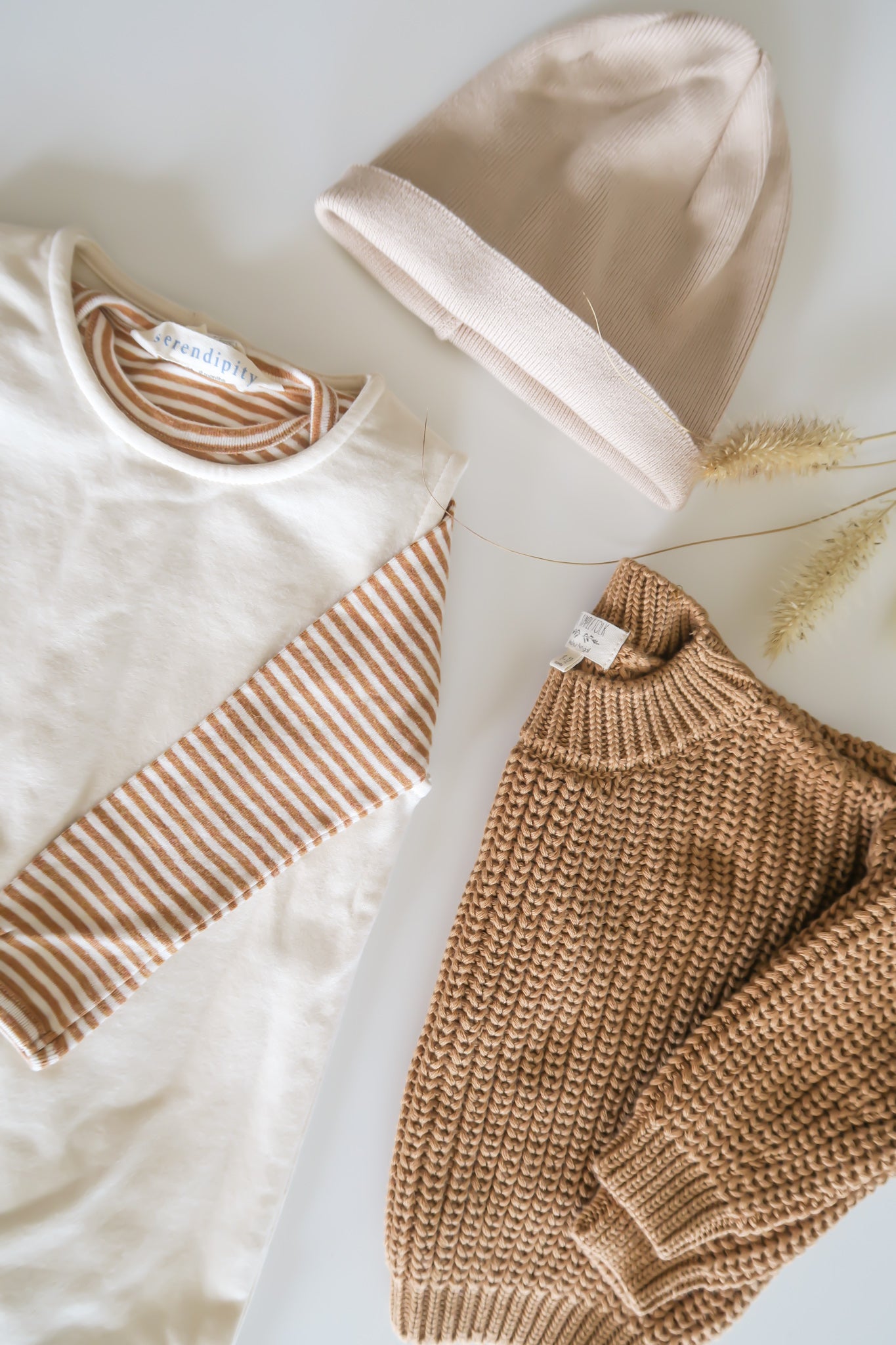
1. Pollutive growing & production in the textile industry
Overfertilised soils that are getting less fertile every year. Farmers in full-body custumes spraying pesticides on plants. Tons of freshwater redirected from people to feed thirsty crops. Toxic chemicals used to make a garn into a garment. How and what we produce is the first part of the problem.
At OiOiOi, we work with organic cotton for many reasons. It is fed by rainwater, rather than freshwater needed for drinking elsewhere. It needs neither pesticides nor herbicides to grow, but encourages a natural biodiverse environment to protect its plants. No toxic chemicals are used in its production. GOTS certifies exactly this.
For the baby, it's a natural, breatheable material that is soft on its sensitive skin. Babies have only one third of the epidermis thickness in comparison to adults, prone to absorb whatever chemicals we put it in contact with.
And of course, it is vegan, no animal is harmed in the proccess. It's also easy to wash with all your other clothes, for a hassle-free household management. Now, we also know organic cotton is not perfect, so we are constantly on the lookout for more sustainable fabrics.
-

90% Organic cotton
That's how our collection looks like. The rest is elastane to make the fabric stretcheable and accessories like buttons, zippers etc. or some recycled ordinary cotton, bamboo and lyocell.
-

Textile origin?
India has almost 50% of the organic cotton worldwide. Cotton grows well in hot, dry climate but is a thirsty plant. One 100g shirt needs about 240l of water to be produced. The majority of our brands produce in Portugal.
-
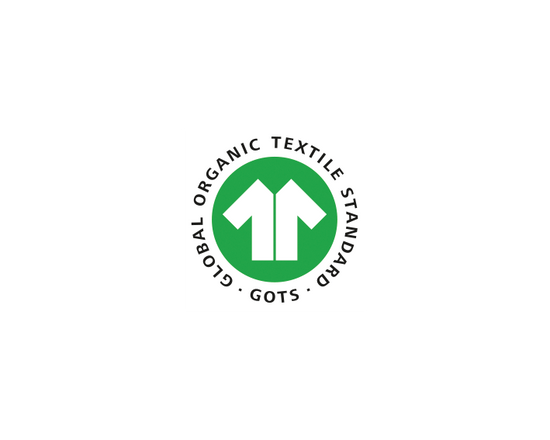
GOTS
Is the label to check for when looking for organic clothing. It ensures the right materials are used, environmental procedures are adhered to and workers are protected.
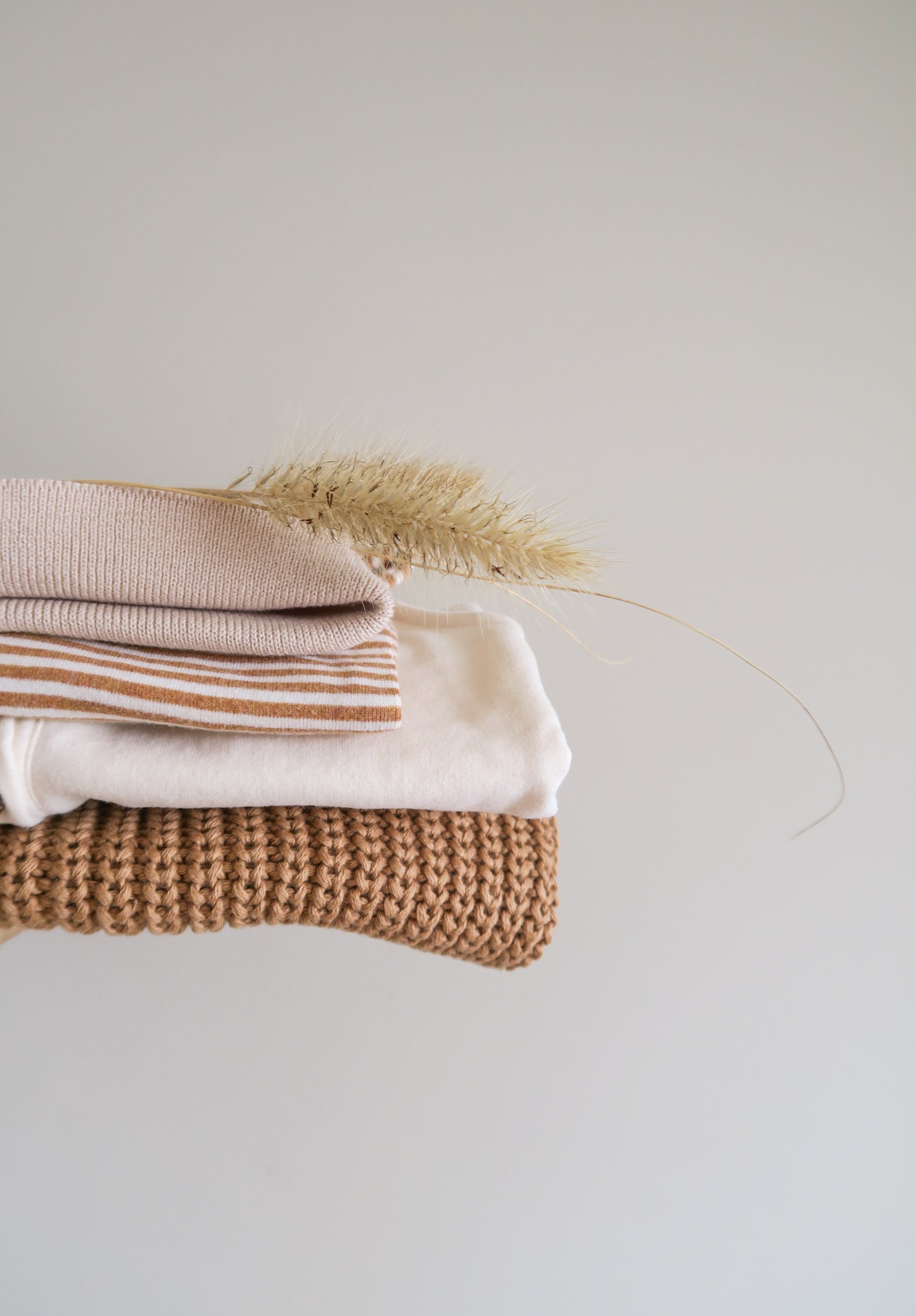
2. Overconsumption vs. circular economy
When having a baby, parents are often gifted cute, small baby clothing. Now a lot of these garments and other things we buy before the newborn arrives turn out to be too small, for the wrong season or just not really a practical fit.
Part of the problem is certainly that nowadays (baby) fashion do not cost much, giving the impression that it is ok to store them away after having barely used them. But if a bodysuit costs only 5 CHF, how much has the worker earned making it for you? Over 70% of garment workers are female and they ought to be paid a living wage.
What can you do? Check out our newborn checklist to see which children clothes and how many you really need for the first few weeks. If you are looking for a more sustainable newborn gift, check out our baby gift ideas. By renting instead of buying, we have already reduced the need for 1000's of new garments, making it possible to invest in high-quality and ethical production, reduce CO2 emmissions as well as reduce textile waste and water.
-
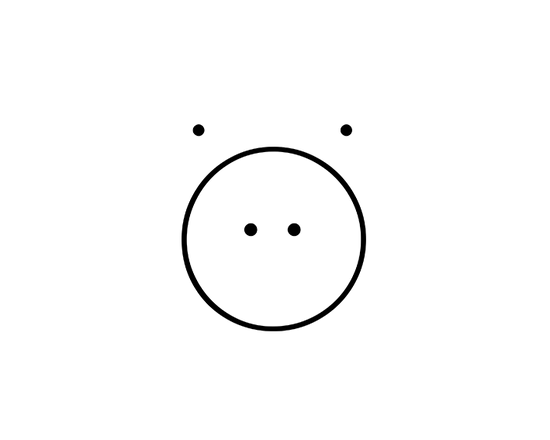
5-6 OiOiOi babies
share one clothing item or one item serves 5-6 OiOiOi babies. We ensure that by circulating the clothing automatically while you sleep (or not ;)).
-
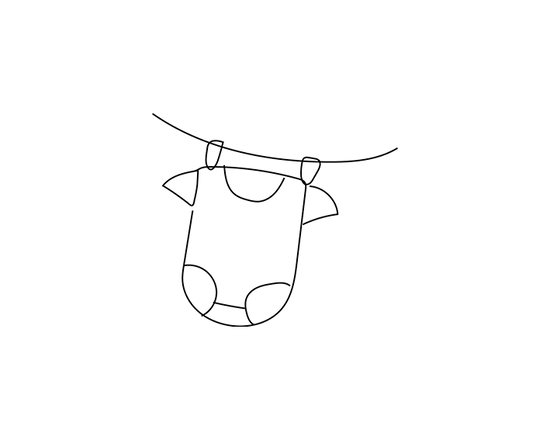
150 pieces of baby clothes
is how much a minimalist baby uses during its first year. With our MEGA subscription, you have got all the basic essentials covered - in a circular, sustainable way.
-
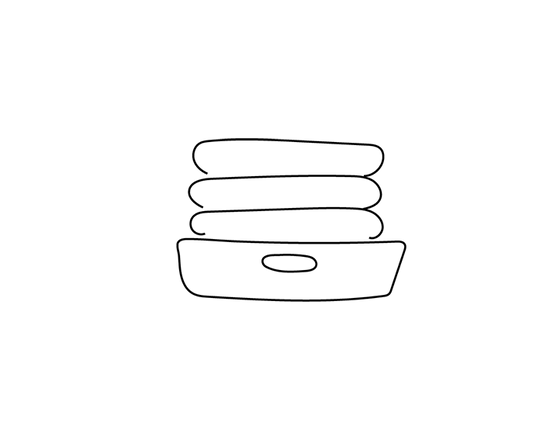
12 OiOiOi clothes
is how much an average bundle contains. Shipping sets instead of single pieces significantly reduces the CO2 from transport pollution instead of single item orders.
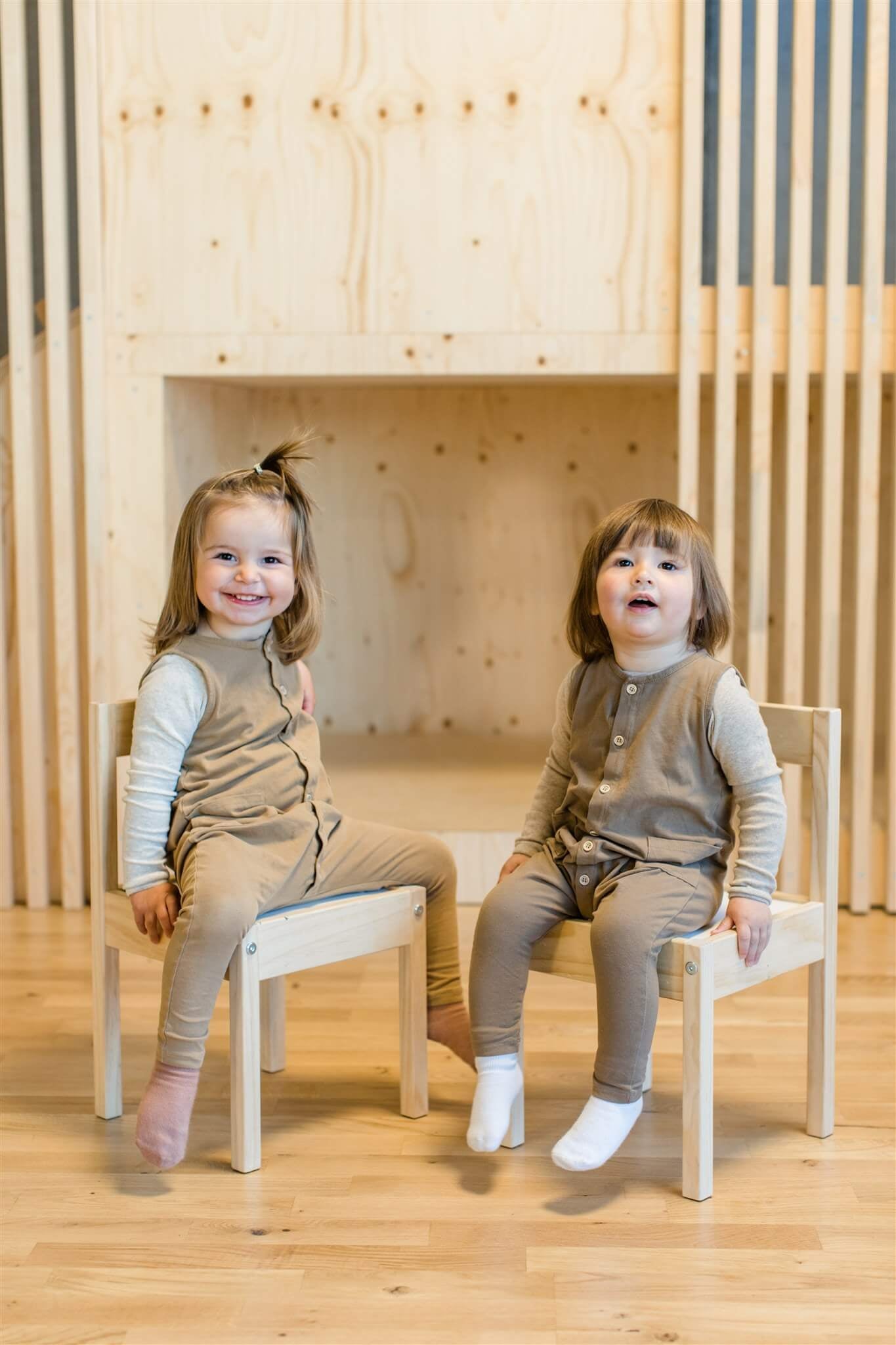
3. The truth about recycling of textile
Recycling of fashion is practically inexistent, with only 1% of clothes being recycling into new ones, the Ellen Macarthur foundation reports. One reason for this low rate is that textiles are mostly made of multiple fabric types which cannot be disintegrated after use. Another difficulty is that petroleum-based fibers do not decompose organically.
We know life as a parent of a young kid is stressful and sharing of clothes takes time and effort. There are also millions of still unsold clothes on secondhand websites, degrading in value every day. Many resort to donations as a way of living sustainably. However, reports show that the majority of what we donate abroad eventually ends up in landfill or even worse, littering the desert polluting the environment. Recycling it's not happening there.
By facilitating the sharing of clothing between families, fashion waste is drastically reduced. The only litter we see is at the end of a garment's use, when it already served 5-6 OiOiOI babies. We then recycle it one last time, to be used in dirt-playing activities or as replacement clothes for the child care. We care that what we produce is useful until the very end of its lifecycle.

